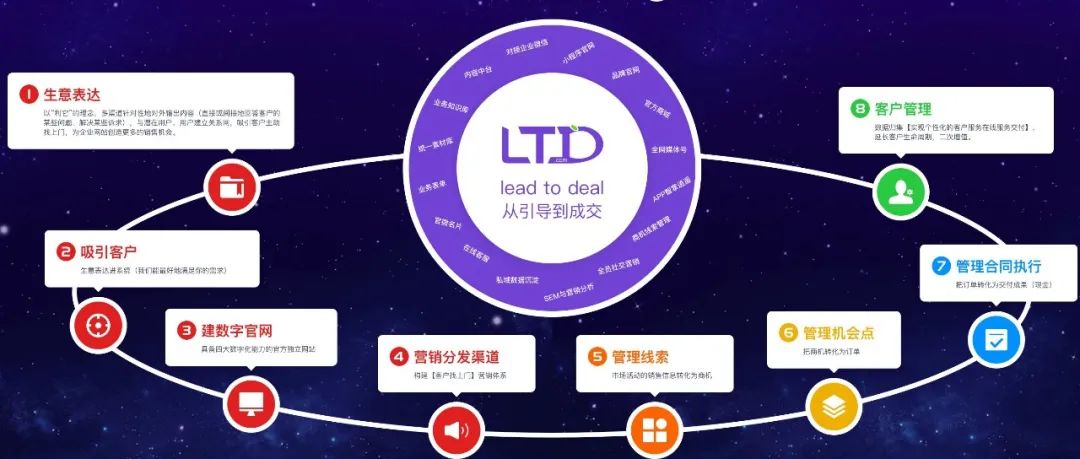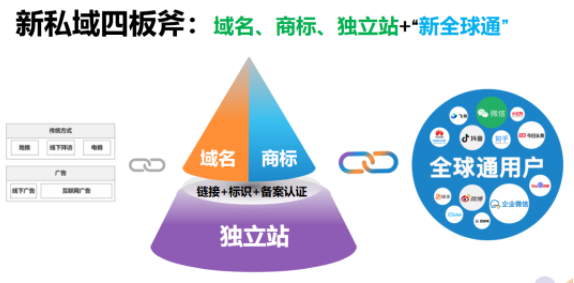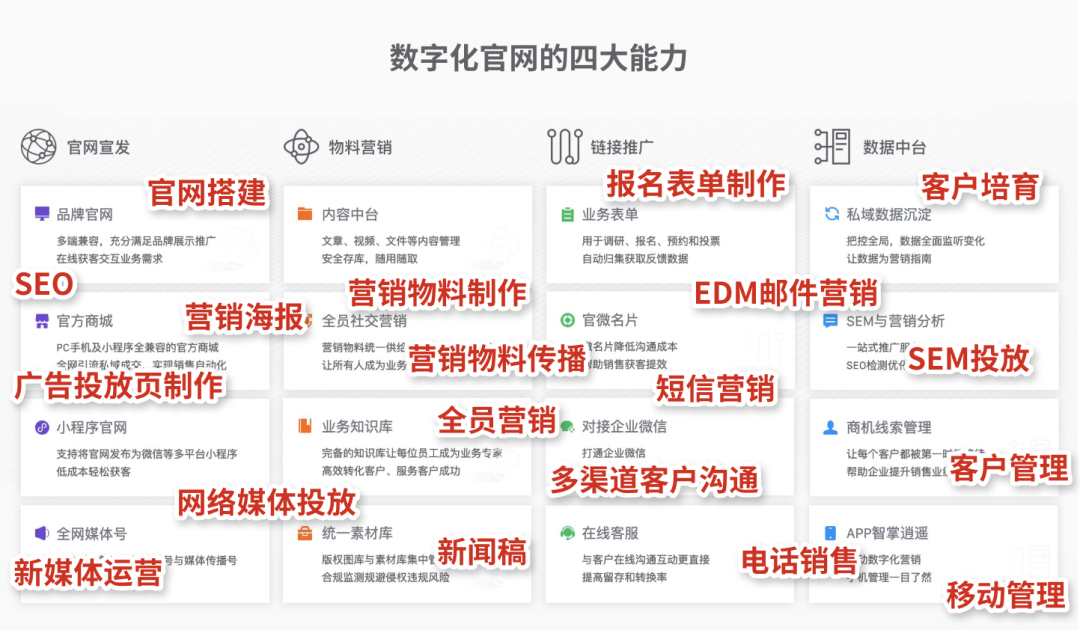在 Angular 中从代码导航到路由
介绍
大家好!如您所知,Angular 是一个单页应用程序,它没有多页 HTML 页面来创建不同的路由,因此我们需要一个客户端路由解决方案。Angular Router 帮助我们通过几个简单的步骤创建客户端路由,然后我们可以使用routerLink进行渲染。今天,我将向您介绍使用代码从组件导航到其他各种组件的不同选项,以便您可以使用不同的条件动态导航用户。
我们将涵盖的内容
- 动态路由的必要性
- 使用不同的组件制作路线
- 使用代码中的路由在组件之间导航
动态路由的需求
让我们举一个现实生活中简单的例子。假设您的应用程序中有多个角色,并且根据角色,您必须决定用户是否有权访问您的应用程序。如果他们有权限,您将把他们导航到应用程序的主页;否则,您将把他们带到不同的页面,最好使用 403 状态代码。
在这种情况下,您需要在登录页面提交表单时一次性决定路由。那么您要怎么做呢?
这里就需要用到动态路由。首先,您将检查条件,然后根据条件动态决定将用户发送到的路由。
让我们通过在app-routing.module.ts中创建路由来开始下一部分。
使用不同的组件创建路线
现在我们将制作一些组件,以帮助我们更清楚地理解 Angular Router。我将分别创建三个组件:FirstComponent、SecondComponent和FirstChildComponent。FirstChildComponent将在FirstComponent中用作子组件。
以下命令将创建组件。
ng g c first --skipTests=true
ng g c second --skipTests=true
ng g c first-child --skipTests=true
我们已经成功创建了组件;现在,我们将用不同的 URI 映射它。成功配置app-routing.module.ts后,它将如下所示。
import { NgModule } from '@angular/core';
import { Routes, RouterModule } from '@angular/router';
import { SecondComponent } from './second/second.component';
import { FirstComponent } from './first/first.component';
import { FirstChildComponent } from './first-child/first-child.component';
const routes: Routes = [
{
path: 'first',
component: FirstComponent,
children: [
{
path: 'first-child',
component: FirstChildComponent
}
]
},
{
path: 'second',
component: SecondComponent
},
{
path: "",
redirectTo: '/first',
pathMatch: 'full'
}
];
@NgModule({
imports: [RouterModule.forRoot(routes)],
exports: [RouterModule]
})
export class AppRoutingModule { }
在路由文件中,我们创建了两个主要路由,/first和/second,以及一个重定向到/first 的默认路由。它主要用于最初将用户重定向到主页。我们还创建了子路由来解释父子关系的动态导航。
现在是时候编写使用路由在组件之间导航的代码块了。
我现在不打算写条件;相反,我会在app.component.html中创建几个按钮。单击时,它将导航到不同的组件。
<div>
<button type="button" class="btn" (click)="navigateToFirst()">First</button>
<button type="button" class="btn" (click)="navigateToSecond()">Second</button>
</div>
<router-outlet></router-outlet>
如您所见,我们已成功在app.component.html中添加了两个按钮,并且单击事件方法将分别调用navigationToFirst()和navigationToSecond()。这些方法将调用Router类的navigation()方法导航到另一个视图。
所以让我们将这些功能添加到我们的app.component.ts文件中。
import { Component } from '@angular/core';
import { Router } from '@angular/router';
@Component({
selector: 'app-root',
templateUrl: './app.component.html',
styleUrls: ['./app.component.scss']
})
export class AppComponent {
constructor(private _router: Router) { }
navigateToFirst() {
this._router.navigate(['first'])
}
navigateToSecond() {
this.router.navigateByUrl('/second')
}
}
这里我们在构造函数中注入了路由器类,使我们能够从一个视图导航到另一个视图。它有两种方法,navigate和navigationByUrl,用于导航路线。它们很相似;唯一的区别是,navigate方法采用连接在一起并用作 URL 的数组,而navigationByUrl方法采用绝对路径。
例如,如果我们必须导航到/students/1,我们可以通过两种方式导航到该 URL。
- this._router.navigate(['学生',1])
- this._router.navigateByUrl('/students/1')
单击按钮时,您可以添加一些条件来根据不同的条件引导用户。
现在我要应用一些 CSS 来美化我们的应用程序。我会将其放在style.scss文件中。
.btn{
color: white;
background-color: blue;
border: none;
padding: .5em 2em;
border-radius: 2em;
box-shadow: 0 0 2px 2px;
font-size: 18px;
margin-left: 5px;
margin-right: 5px;
outline: none;
&:hover{
background-color: gray;
cursor: pointer;
}
}
我在这里使用了 SCSS。如果您不熟悉它,可以在此处阅读。如果您不熟悉 SCSS,也可以使用 CSS。
我们的输出将会像这样。
现在是时候将FirstChildComponent引入画面了。我们将在first.component.html中创建一个类似app.component.html的按钮。
<p>first works!</p>
<button type="button" class="btn" (click)="navigateToFirstChild()">First</button>
<router-outlet></router-outlet>
在first.component.ts中进行更改后,它将看起来像上面的代码片段,其中我们有一个按钮,它将在点击事件上调用一个函数,然后导航它并显示子视图。
现在我们将在first.component.ts中创建一个函数来导航到FirstChildComponent。
import { Component, OnInit } from '@angular/core';
import { Router, ActivatedRoute } from '@angular/router';
@Component({
selector: 'app-first',
templateUrl: './first.component.html',
styleUrls: ['./first.component.scss']
})
export class FirstComponent implements OnInit {
constructor(
private _router: Router,
private _activatedRoute:ActivatedRoute
) { }
navigateToFirstChild() {
this._router.navigate(["first-child"],{relativeTo:this._activatedRoute})
}
}
注意:在navigation()方法中,我传递了一个额外的参数。它是一种称为NavigateExtras的对象。我们使用了NavigateExtras的relatedTo,并在值中给出了ActivatedRoute的实例。因此,您无需在数组中提供整个 URL,它会自动在现有 URL 后扩展当前参数。
最后,我们的输出看起来像这样。
结论
希望您喜欢本指南。在多种情况下您可能需要动态路由。我在上面的例子中解释了其中一些。我试图涵盖动态导航的所有方面。要学习更有效地使用动态路由,请在此处阅读更多相关信息。
免责声明:本内容来源于第三方作者授权、网友推荐或互联网整理,旨在为广大用户提供学习与参考之用。所有文本和图片版权归原创网站或作者本人所有,其观点并不代表本站立场。如有任何版权侵犯或转载不当之情况,请与我们取得联系,我们将尽快进行相关处理与修改。感谢您的理解与支持!





































请先 登录后发表评论 ~